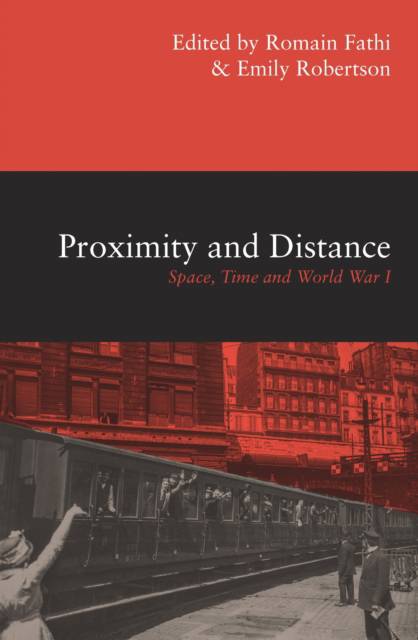
- Afhalen na 1 uur in een winkel met voorraad
- Gratis thuislevering in België vanaf € 30
- Ruim aanbod met 7 miljoen producten
- Afhalen na 1 uur in een winkel met voorraad
- Gratis thuislevering in België vanaf € 30
- Ruim aanbod met 7 miljoen producten
Zoeken
€ 90,45
+ 180 punten
Uitvoering
Omschrijving
The global magnitude of World War I has meant that proximity and distance were highly influential in the ways the conflict was conducted, and how it was experienced at tactical, political and emotional levels. This book explores how participants and observers in World War I negotiated the temporal and spatial challenges of the conflict. International in scope, it investigates how technology, mass media, elite diplomacy and imperial networks interacted in conjunction with proximity and distance. The authors canvass a range of approaches to the conflict, from cultural history to social, political and military history. Proximity and distance were contingencies that participants had to continually adapt to. This book documents the ways in which these adaptations were approached.
Specificaties
Betrokkenen
- Auteur(s):
- Uitgeverij:
Inhoud
- Aantal bladzijden:
- 1
- Taal:
- Engels
Eigenschappen
- Productcode (EAN):
- 9780522876529
- Verschijningsdatum:
- 28/04/2020
- Uitvoering:
- Paperback
- Formaat:
- Trade paperback (VS)
- Afmetingen:
- 154 mm x 235 mm
- Gewicht:
- 336 g

Alleen bij Standaard Boekhandel
+ 180 punten op je klantenkaart van Standaard Boekhandel
Beoordelingen
We publiceren alleen reviews die voldoen aan de voorwaarden voor reviews. Bekijk onze voorwaarden voor reviews.











